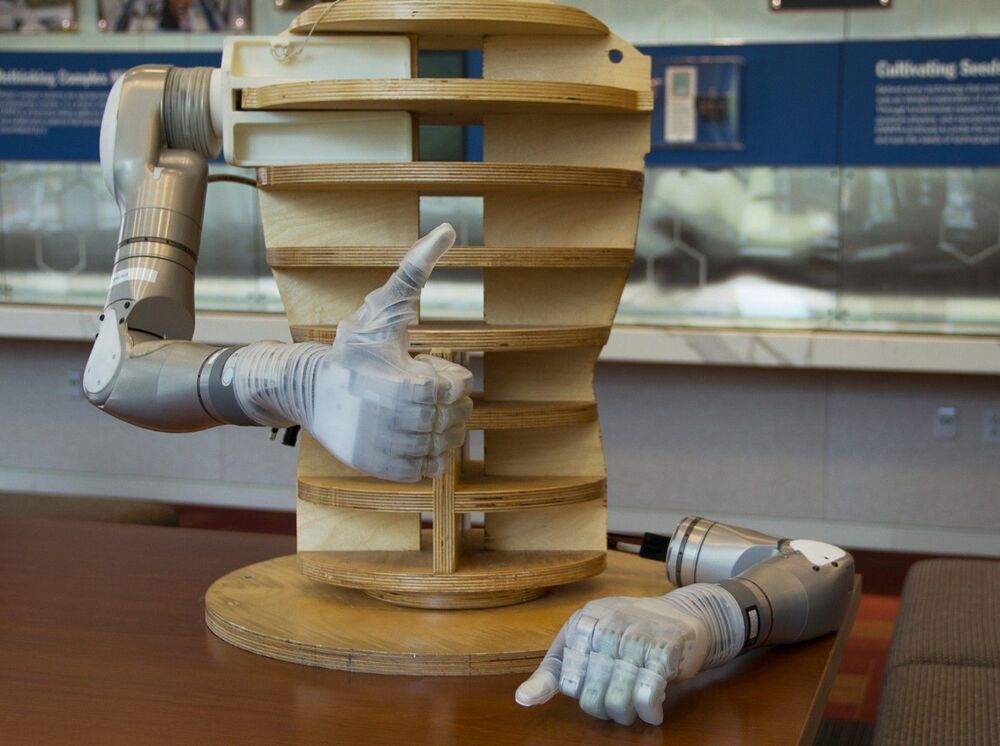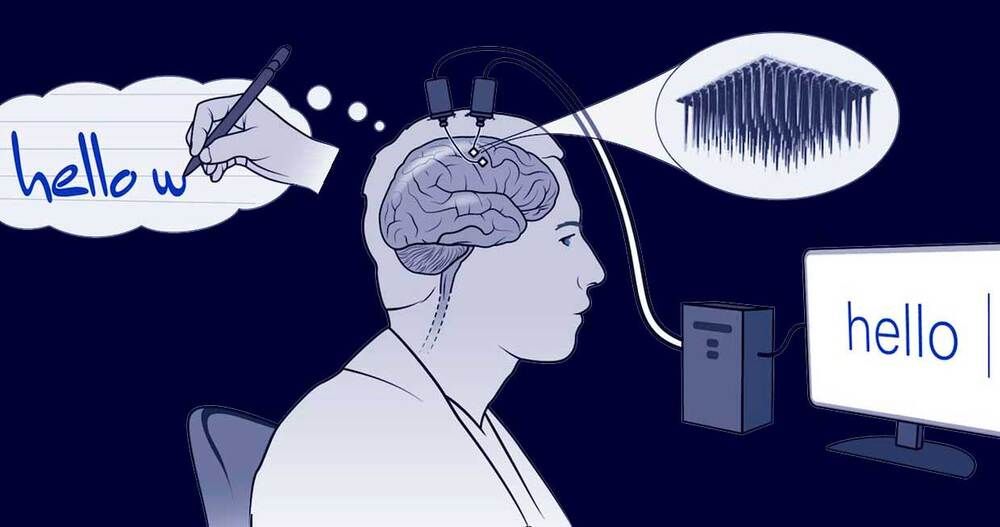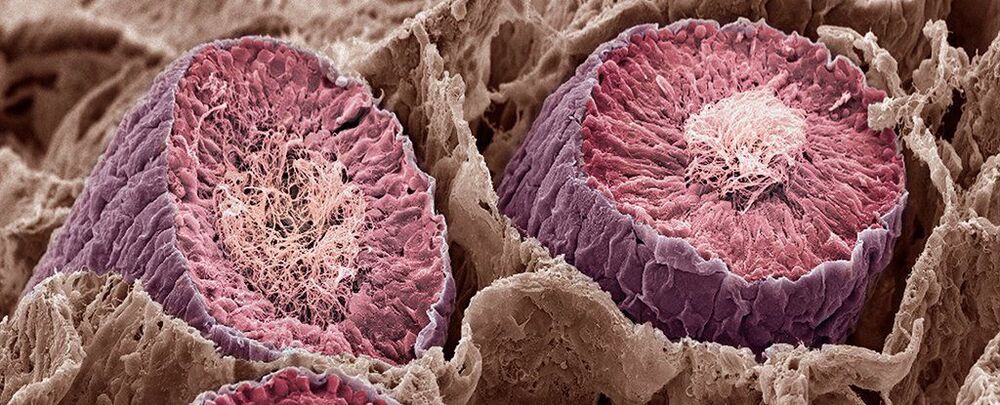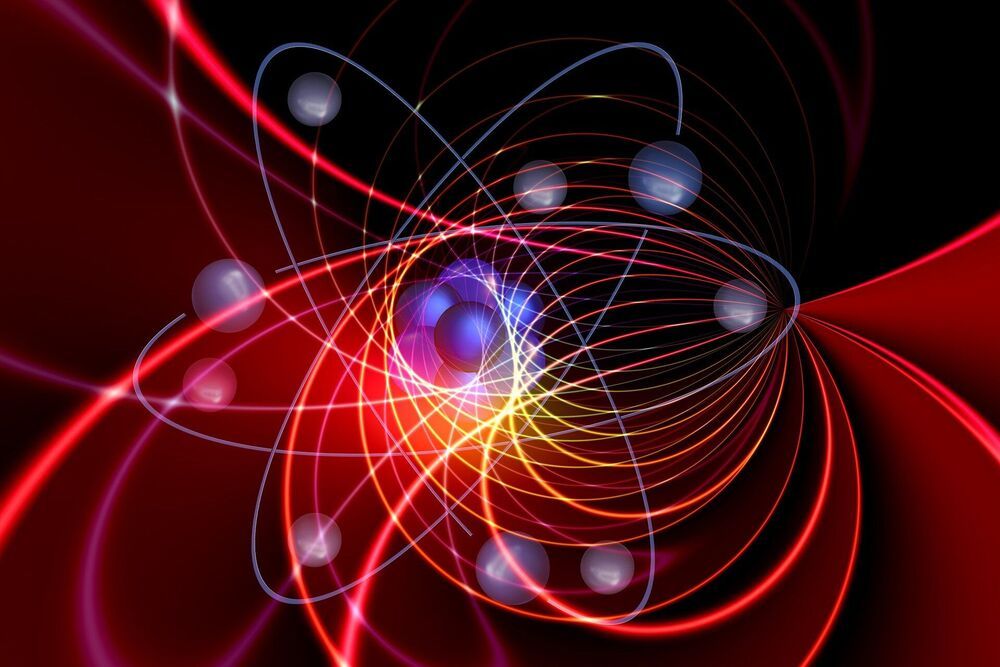Jun 4, 2021
Biden’s Proposed New Health Agency Would Emphasize Innovation. Here’s How It Might Work
Posted by Dan Kummer in categories: biotech/medical, health
The White House recently announced its vision for an Advanced Research Projects Agency for Health, or ARPA-H. RAND researchers explain what it might take to ens… See More.
DARPA also maintains an extremely high tolerance for failure. The modest budgets of the NIH, combined with an enormous pool of applicants, force these institutions to bet on low-risk research that guarantees incremental progress. ARPA-H could take a different approach than NIH by accepting a much higher tolerance for failure, so that researchers are not discouraged from dreaming big.
The scientific methods behind the products of ARPA-H might gain public trust if the agency made a point of being transparent and accessible. Consider how the rapid development of the COVID-19 vaccine was met with incredulity and suspicion, slowing progress toward herd immunity. An investment in ARPA-H could accelerate the time it takes to get innovative ideas from “bench to bedside,” but it could benefit from informing the public about incremental advancements in a way that is easy to understand.


















